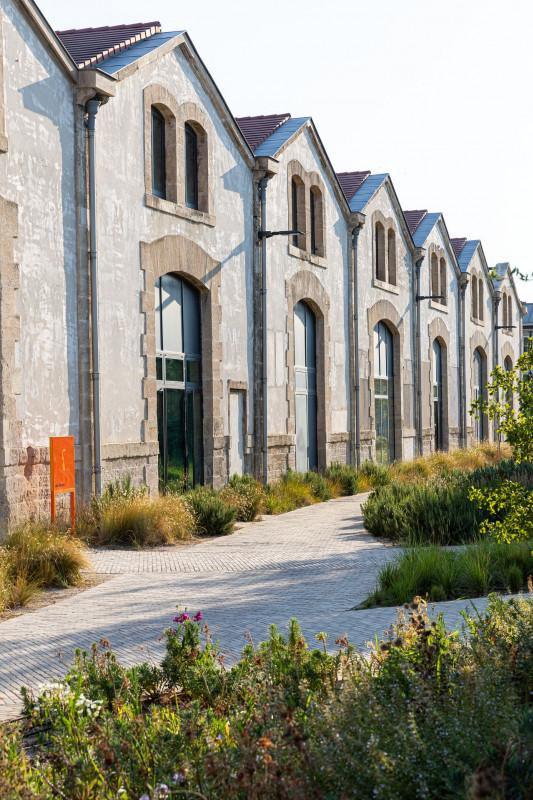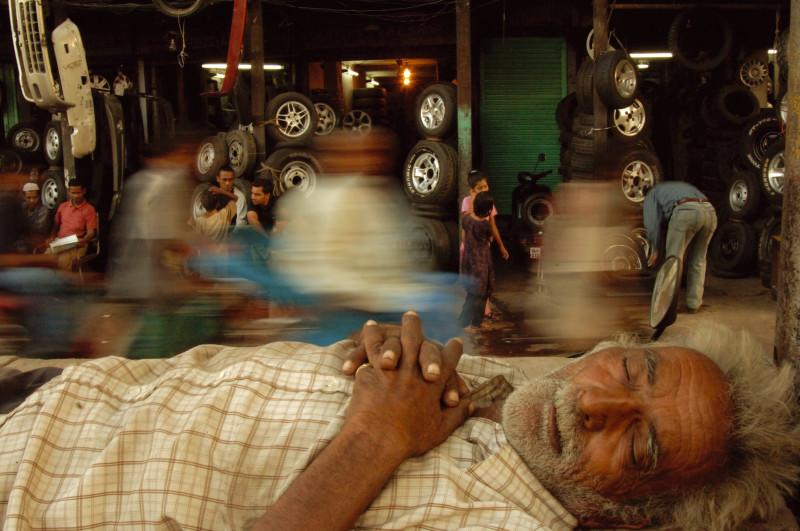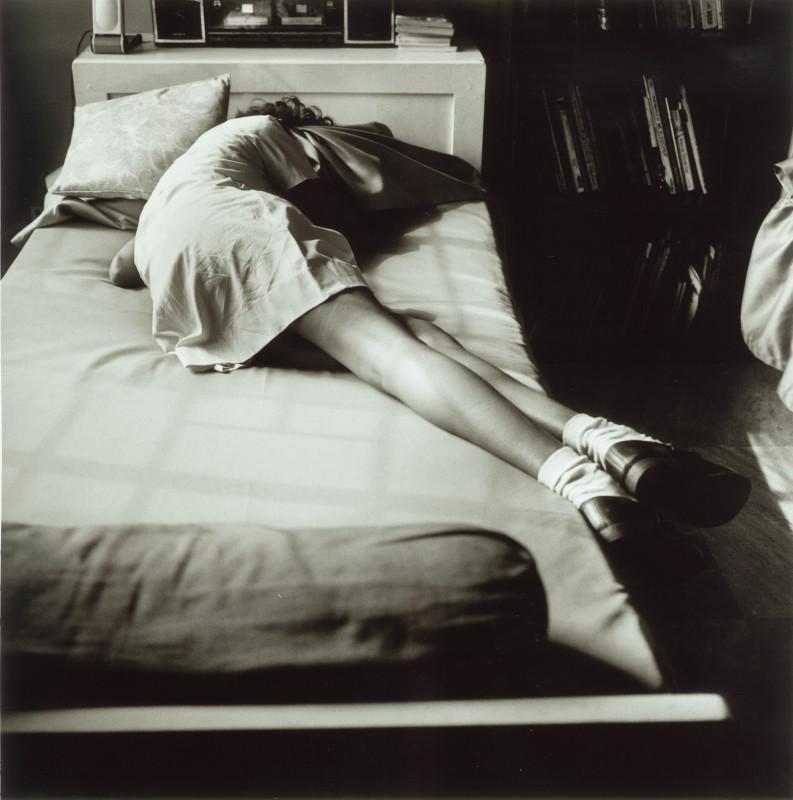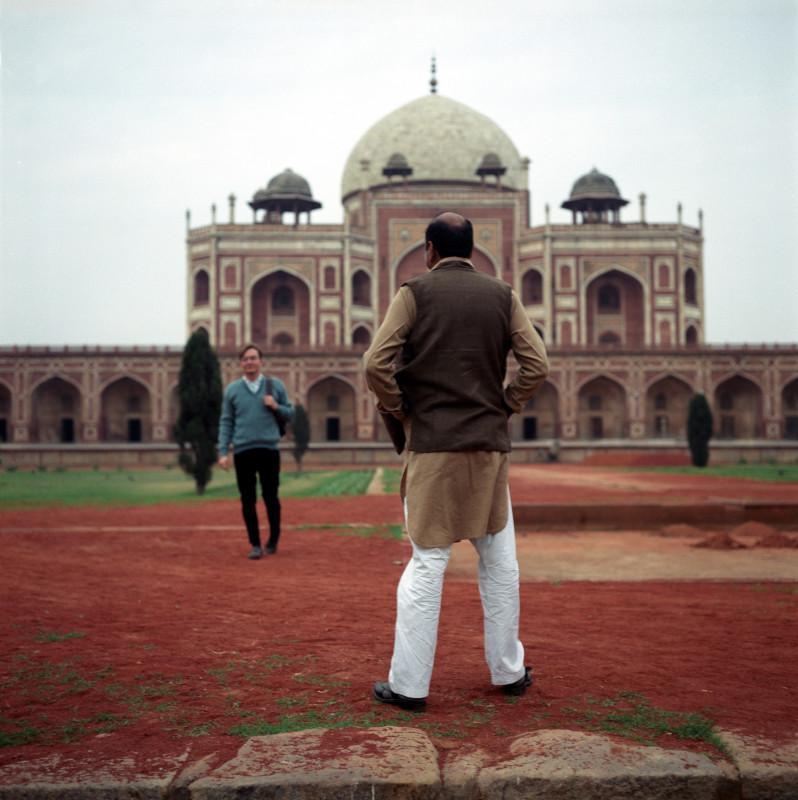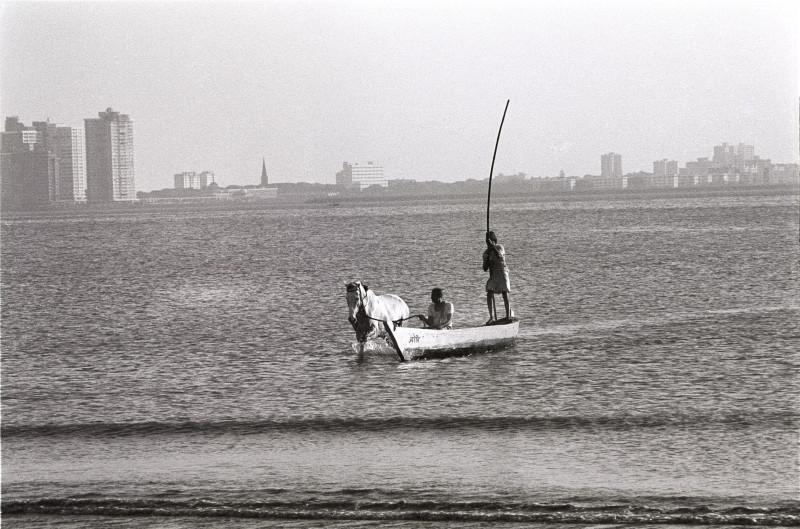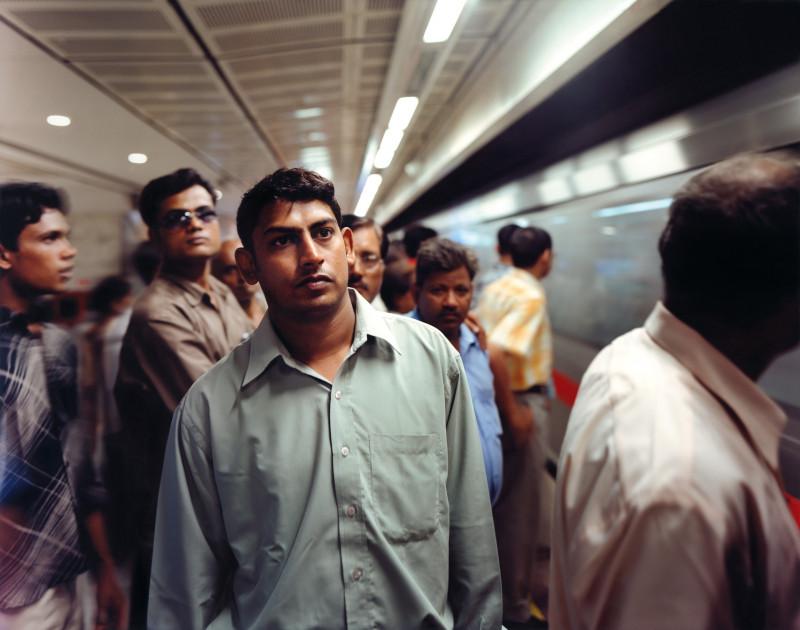Edition 2007
ANAY MANN
About Neetika
Anay Mann is seventeen years old in 1991 when India’s economy opens up to the rest of the world. Following in his friends’ footsteps, he puts all his energy into breaching the modernity gap. Completely at ease with global TV culture as well as his traditional family environment, he is wholly a part of the “Generation in Transition”1, that is surfing the waves of profound change that is sweeping the country; India’s youth being both the motor and the fuel. Anay Mann, formerly a fashion model, is fascinated to observe how different his life is from the usual clichés abounding on his country so he steps through the looking-glass and takes up photography. He is one of the first to reveal that a “Modern Life“ does exist in India, undoubtedly full of promise but already troubled. Cocooned in the heart of the family home where three generations mingle, Anay Mann and Neetika analyse and present their daily life for five long years, providing us with yet more insights into their generation’s attitudes. The couple’s extraordinary connivance allows them to produce simple and minutely detailed images that describe their familiar world… all too familiar world. What actually lies behind these very ordinary images of everyday life? This question lends full weight to Anay Mann’s images. Wandering around a house that appears to be strangely silent, using his wife’s face to reflect the questions that confront this “Ideal Couple”, Anay Mann and his wife meticulously and modestly construct a possible theory on the life of a modern Indian couple. And when asked, Mann replies that Neetika poses for the camera with a “controlled detachment”. Alain Willaume
I have known Neetika for thirteen years now. She is the only woman I have known intimately. From a demure college girl, an independent career-oriented woman to being a mother – her life has assumed many roles. When I was working as a model in Mumbai, she worked as a fashion stylist. When I quit working to become a photographer, she became the sole provider, often working late into the night. When my career as photographer took off after we moved to New Delhi, she gave up working to become a mother. Our shared history is the impetus for this body of work, which I began six years ago. It is my exploration of her inherited consciousness as a woman, an urban Indian woman. We have experienced role reversals without much conflict. I have sat before the camera for as many years that I now have been photographing. Neetika spent many years styling shoots for a living and is now fairly comfortable sitting before my camera. The images I make are rooted in the everyday reality of our life together. Although staged, the series are a collaborative effort to map out domestic rituals. With the birth of my son, another level of engagement exists between us and he too, becomes part of that staged reality. The controlled detachment with which Neetika sits for a portrait is deliberate. These are my family portraits, vignettes of our life together.
Anay Mann
1.Anay Mann produced his first work, Generation in Transition, a series of black and white images on the urban youth.
(2001-2004).
I have known Neetika for thirteen years now. She is the only woman I have known intimately. From a demure college girl, an independent career-oriented woman to being a mother – her life has assumed many roles. When I was working as a model in Mumbai, she worked as a fashion stylist. When I quit working to become a photographer, she became the sole provider, often working late into the night. When my career as photographer took off after we moved to New Delhi, she gave up working to become a mother. Our shared history is the impetus for this body of work, which I began six years ago. It is my exploration of her inherited consciousness as a woman, an urban Indian woman. We have experienced role reversals without much conflict. I have sat before the camera for as many years that I now have been photographing. Neetika spent many years styling shoots for a living and is now fairly comfortable sitting before my camera. The images I make are rooted in the everyday reality of our life together. Although staged, the series are a collaborative effort to map out domestic rituals. With the birth of my son, another level of engagement exists between us and he too, becomes part of that staged reality. The controlled detachment with which Neetika sits for a portrait is deliberate. These are my family portraits, vignettes of our life together.
Anay Mann
1.Anay Mann produced his first work, Generation in Transition, a series of black and white images on the urban youth.
(2001-2004).
Exhibition in collaboration with Photoink and supported by HP. Prints produced by Dupon Digital Lab.




